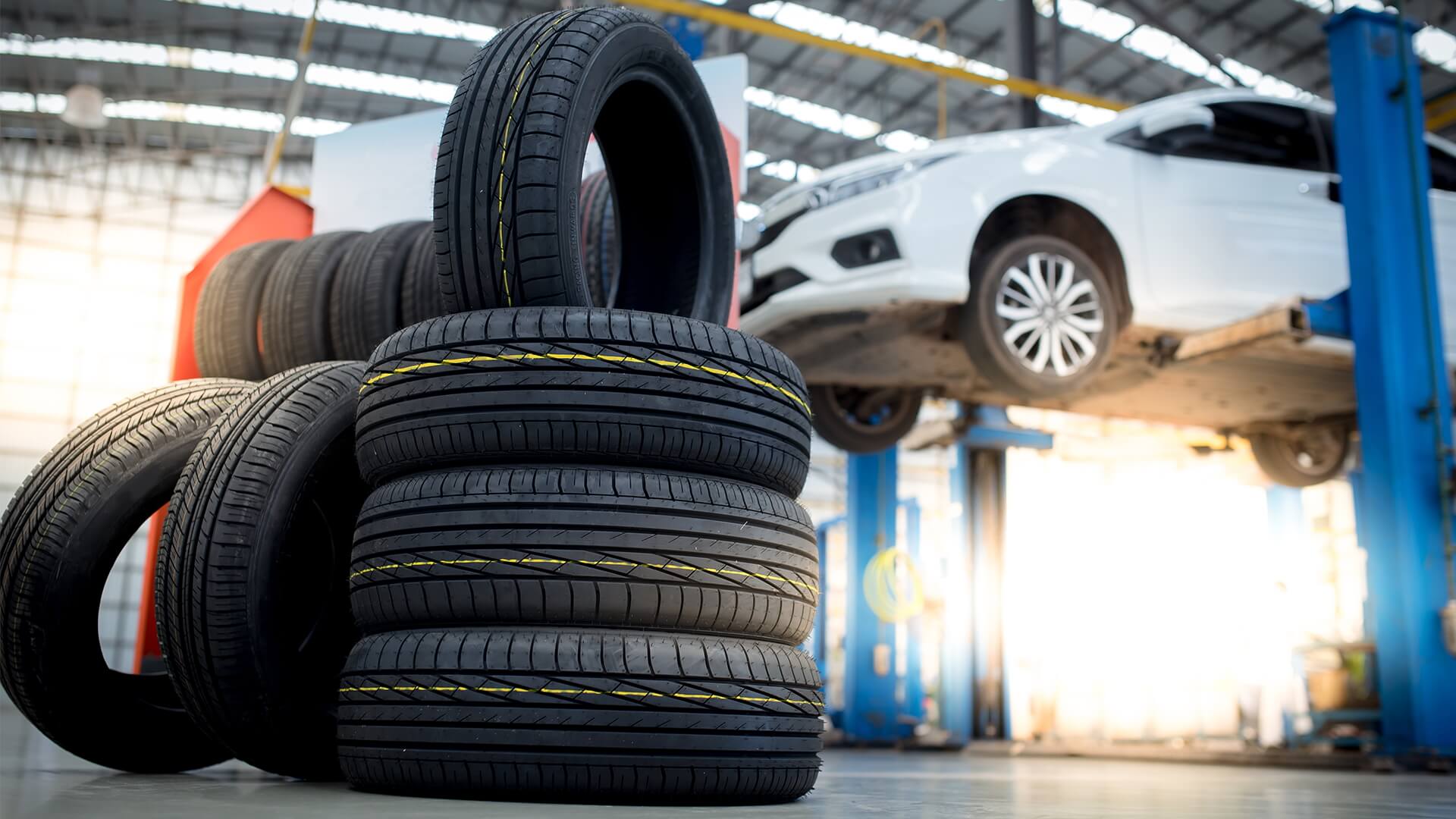As lawyers, we understand how critical tires are to vehicle safety. We have seen the devastation that occurs when drivers lose control because of a blown tire or tire belt separation at highway speeds. But the troubling truth is that many consumers — and even many auto industry professionals — often gauge a tire’s condition by its outward appearance.
It’s of course true that defects in the manufacture or design process can lead to blown tires (blowouts), tread separations, and other forms of tire failure. But these dangerous and potentially deadly accidents also occur when tires remain on a vehicle well past their service life.
Many consumers know it’s important to visually check a tire’s tread depth, but many don’t know that a tire’s age is a factor that should be considered when replacing tires. The tire industry generally recommends that tires be replaced at six years of age and no later than age ten. As tires age, their rubber components begin to break down, allowing oxygen to permeate the rubber. This degradation causes the tire to become internally unstable or damaged.
Many consumers can also spot dry rot on the tire’s exterior surfaces, but it’s what they can’t see — the internal components – that hold the tire together. As age and exposure to oxygen weaken the tire’s internal structure, the risk of a tire belt separation grows. According to the National Highway Traffic Safety Administration (NHTSA), 11,000 tire-related crashes occur every year in the U.S., killing more than 600 people and seriously injuring thousands more.
While it is important for car owners to check the tread depth on their tires periodically, the tread-depth test can sometimes be deceptive. If the treads appear to be sufficient and the tire’s outer appearance is satisfactory, neither the used tire dealer nor the consumer pays attention to the tire’s age. A consumer could purchase a fourteen-year-old tire that never should have been sold and instead should have been taken out of service.
The hidden threat posed by deceptively healthy-looking old tires is compounded by the consumer’s need to save money. Tires are an essential safety device on any vehicle, but new tires are costly. With a growing number of Americans living paycheck to paycheck, spending several hundred dollars and more for new tires is not an option for many. This economic reality has given rise to the proliferation of used tire dealers across the country and the number of consumers who rely on them.
Auto service centers that place used tires on vehicles without regard to the tires’ age is another way dangerous old tires end up in service. Service centers should check the age of the tires and warn consumers when the tires are past their service life. Additionally, many service centers that didn’t place the tires on the vehicle but serviced the tires and other critical components of the vehicle fail to provide customers with information about the age of their tires.
Can you sue a tire shop?
According to search engine analytics, one of the most common questions people ask about tires is, “Can you sue a tire shop?” The fact that many people are looking for information about tire shop liability indicates the scope of the problem.
Beasley Allen has successfully litigated defective tire lawsuits against tire manufacturers for design and manufacturing defects. Our product liability lawyers have also litigated tire lawsuits against service centers that installed tires well past their service life or serviced vehicles but failed to inform the customer that their tires needed to be replaced.
One defective tire lawsuit our lawyers resolved involved a client whose son suffered an amputated leg when his mother’s vehicle sustained a tire belt separation and overturned. One week before the crash, the client took the vehicle to an auto service shop to have the brakes and tires serviced. The shop negligently told her that the tires were in good condition when, in fact, they were more than ten years old and should have been taken out of service.
Our product liability lawyers also successfully handled a case that involved a service center placing 14-year-old tires on our client’s vehicle. Two weeks later, a tread belt separation occurred on one of the tires, causing an accident that left the client with a severe spinal cord injury.
Do tires have an expiration date?
Tragic accidents causing debilitating injuries and needless deaths could be avoided if service centers would warn their customers about the age of their tires. While there is no specific expiration date on a tire, a DOT number on every tire shows the manufacture date. However, many consumers don’t know how to read the dates as they appear.
The last four digits of the DOT number on the tire’s sidewall show the week and year of manufacture. For instance, DOT Y2XX PQRT 3109 means that the tire was manufactured on week 31 of 2009. Therefore, in tire defect cases, not only does liability rest with the tire manufacturer, but in many cases, the used tire dealer and service center are also liable for selling, servicing and/or failing to warn the consumer of the age of a tire.
If you have questions about a defective tire lawsuit or need more information, contact Mary Leah Miller, a lawyer in our Personal Injury & Products Liability Section.

